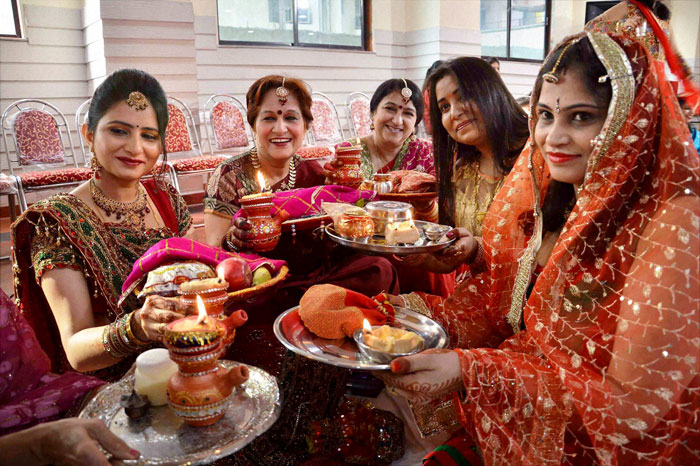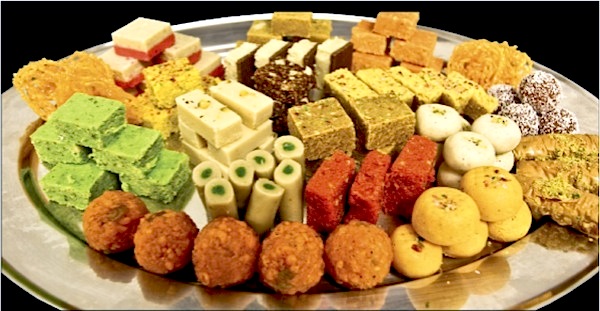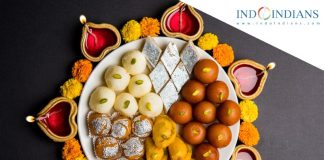Admit it: we don’t always stick to the recipe. Well, who needs a recipe for pies or cookies? We use our intuition in making these foods because we want to cut out the time. But, following the rules when baking is important. It is safe to say that baking is a science that requires precision, and often doesn’t allow for creative liberties. So if you don’t have a kitchen scale yet, go get one for better measurements for baking.
For moist cakes or chewy cookies, there are just some rules that can’t be broken. Here are some baking tips to be a better baker:
Read the recipe entirely
Never underestimate the importance of reading the recipe before you bake. Know the ingredients, tools and steps that you need. Read it two or three times to make sure everything sounds clear.
Prepare all the ingredients and tools needed

Prior to beginning the recipe, pull out all of the ingredients and tools that the recipe needs. Make sure you have everything. There’s nothing worse than realizing, you are missing a crucial ingredient or tool halfway through making the recipe.
Use room-temperature ingredients
Maybe you are familiar with recipes that require room-temperature butter, eggs and milk. It may seem trivial, but you cannot ignore it. Many baked goods start by creaming together butter and sugar, which is made definitely easier if the butter is in room temperature. Equally important as room-temperature ingredients are same temperature ingredients. Never add cold things to hot things and vice versa. It will ensure that the emulsion won’t seize or separate.
Weigh ingredients precisely

The key of successful baking is precision. Precise temperatures, precise preparations, and precise weight of the ingredients. Unfortunately, problems are common if measurements are incorrect. Sometimes we measure dry ingredients using measuring pitcher, sometimes we measure liquid ingredients using measuring cups. These are wrong. Measure dry ingredients in measuring cups or spoons that are specially designed for dry ingredients. If you want more precise measurement, use a digital kitchen scale (a gram is always a gram, an ounce is always an ounce if you use that!). The key is: precision is everything.
Get an oven thermometer

This is also something that we often ignore. If you set the oven temperature wrong, it will result in failed baked goods. Unless you have a brand new or regularly calibrated oven, your oven’s temperature is likely inaccurate. When you set your oven to 190°C, it might not really be 190°C inside. So, having an oven temperature is a solution to solve this problem. Simply place it in your oven so you always know the actual temperature.
Combine ingredients according to the recipe
If you dump all the ingredients together in the same bowl, it will result to failed baked goods. The textures, the aroma, and the taste of your baked goods will be different if you follow the recipe carefully. Don’t be in a rush—everything takes time, including adding each ingredient slowly into the bowl.
Use salt
Salt enhances the taste other ingredients like vanilla, almond, lemon and sugar. It is not necessarily to make the baked goods salty; salt is usually there to keep the baked goods from tasting flat or overly sweet.




